Tips for Growing Succulents Anywhere
Succulents are very popular plants. They've got gorgeous shapes and colors, plus they're drought tolerant. But not everywhere is the ideal place for succulents to grow.
Anyone can grow succulents, no matter where they live, and I'm going to give you the foundation you need to do just that.
Many people want to grow succulents but don't have the perfect growing conditions for them. In fact, I'm part of that group of people, too!
Succulents and Sunshine is reader supported. We may earn a commission, if you purchase through links on our site, such as Mountain Crest Gardens, Amazon, or Etsy. We only promote products we use and trust.
For some people, growing succulents is a breeze. For others, it's a daily struggle. Either way, this guide will teach you the essential components to find success growing succulents in less than ideal circumstances.
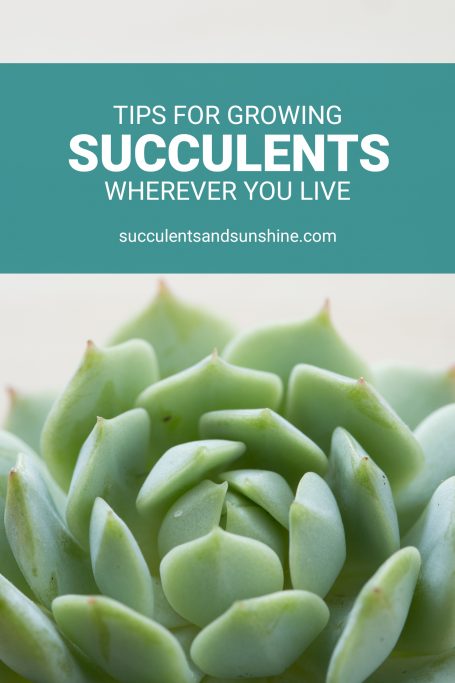
Some people say that succulents are hard to kill–but that makes me cringe a little. Like with all plants, you need to know how to care for succulents in order to keep them alive.
The good news is that, compared to a lot of other kinds of plants, succulents are generally very forgiving , and easy to keep alive. It's just that in some parts of the world (or parts of your home) you'll need to use a few specialist tricks to make sure they thrive.
To help you even further, start by downloading my free cheat sheet to see what it looks like when your succulents need more or less water. Click here to grab that that, it'll be super helpful.
In this post, I'm going to show you exactly what you need to do to help your succulents be their very best, in the easiest way possible.
Sound good? Let's get started!
Pick the right plants
One thing I've learned over and over (from the tragic deaths of many succulents) is that some succulents grow better in my home, while others thrive outside on my porch. Most succulents won't survive the winter outside where I live (Zone 5).
But not all succulents will do very well inside my home either. I don't have very much natural light, so a lot of my plants struggle indoors.
If you're growing succulents outdoors you'll want to read up on how much sunlight they need. While the labels on many succulents say “full sun,” they may not tolerate 100 degree weather with direct sun all day (though some will).
And even if they can acclimate to full sun, they'll typically need some time to get used to it if they've been purchased from a nursery where they were kept in a greenhouse.
You'll also want to be aware of your succulents' frost tolerance. For those of us with cold winters, Sempervivums and stonecrop Sedums are our go-to outdoor succulents. I've loved being able to create potted arrangements for my porch that will survive year round and always look great!
Those of you fortunate to live in zone 9 and above, you can pretty much have your pick of succulents! Most succulents do best in a zone 9 or 10 when outdoors.
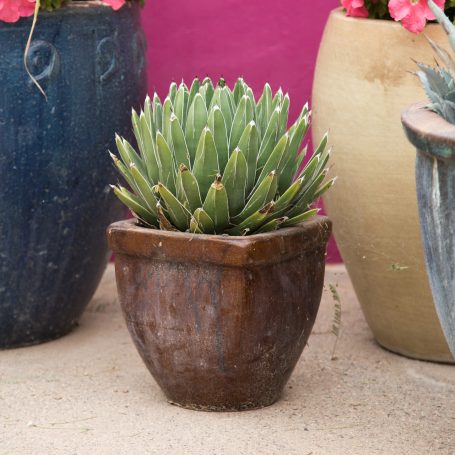
If you're growing succulents indoors and (like me) don't have a lot of natural light in your home, then you'll want to look for plants that tolerate low light. Most Haworthias and Gasterias are great in low light.
Sansevierias are also becoming a new favorite of mine. They hardly need any light or water.
If you aren't using a grow light, you'll want to avoid most colorful succulents. They tend to get stretched out as they try to find more light.
In general, more colorful succulents, like Sedum nussbaumerianum, need plenty of light to maintain their color. Succulents that are naturally green tend to be happier indoors.
If you tend to over water, try to find succulents that are forgiving of over-watering, or that need more water. Since Portulacaria afra has thin leaves I've found it needs to be watered more often. Crassula arborescens undulatifolia and Aeonium 'Zwartkop' are two others I've found to need more water.
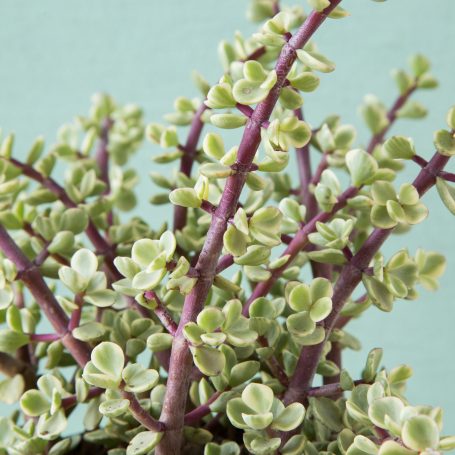
On the other hand, really plump succulents like Graptoveria ‘Fred Ives', Pachyveria glauca, and Aloe brevifolia can go much longer before needing water again. You'll also find that cacti, such as Mammillaria rhodantha and Mammillaria gracilis fragilis, are very tolerant of long periods of drought.
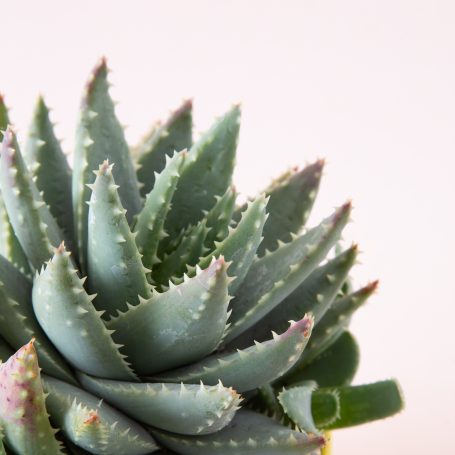
Are you catching on here?
Plant selection can be a major factor in the success of your succulent garden. To learn more about choosing the best succulents for where you live, sign up for my free watering cheat sheet and essential tips for succulent care.
If you don't know what kind of succulents you own, I'll help you learn how to identify them in this post.
Tweak your soil materials
I've had quite a few people email me to ask how to grow succulents in a humid environment — or in a super dry one. Success in both these cases comes down to choosing the right soil.
In humid areas, soil plays a major role in preventing rot. On the other hand, in dry environments the right soil can help prevent succulents from drying out too quickly.
Here is my basic recommendation for making your own well-draining succulent soil. You can also purchase a great mix here.
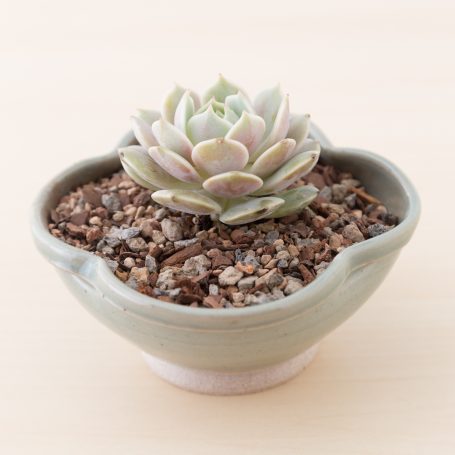
The mix mentioned above is great for growing succulents, indoors and out, in containers. But if you really tend to over-water, or if you live in a humid environment, I highly recommend planting in just one material: pumice.
This is the most universally available product that retains some water but also dries out quickly. I know of several succulent growers that plant only in pumice, and have huge success with it. Bonsai Jack carries a great quality pumice (1/4″ particles, which is ideal) but you can get it at most nurseries, too.
While drying out very quickly isn't the worst problem to have, no one wants to water succulents every other day, right? One of the great things about succulents is their drought tolerance, but they do still need water to survive.
A great option for hot and dry climates, or if you find your soil dries out too quickly, is coconut coir. This medium retains a lot of water but also drains well so it doesn't get soggy like standard peat based potting soil.
Choose a great pot
The material of your pot can also play a big role in how well your succulent survives. Terra cotta is a great choice if you're just starting out, because it's very porous, allowing more air flow to the roots. This means the soil will dry out more quickly.
If you live in a very hot, dry environment, though, terra cotta may not be the best choice. Ceramics are generally a good option for most climates. You'll find a great selection of pots to purchase on Mountain Crest Gardens and Etsy.
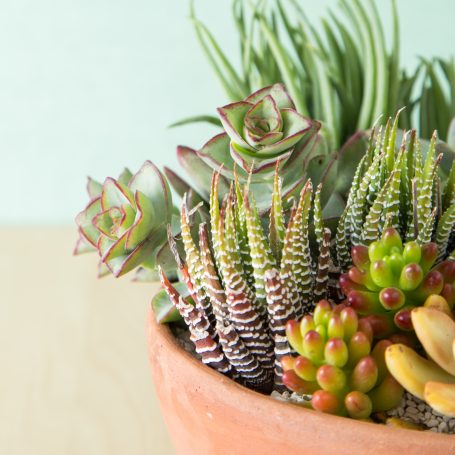
I highly recommend you use a container with a drainage hole. This will make your life much easier, especially if you are just starting out with succulents.
As you become more confident in growing succulents try growing them in something without drainage, like a glass bowl. There are endless options of containers in which to plant your succulents, but start with something basic until you get the hang of growing succulents and then branch out to more unique containers.
Accept death and less than perfect succulents
At the end of the day, you need to realize that you may not have success with every succulent you grow. Plants die, and that's just a part of the learning process. Try to take a lesson from each dead plant, so you can take care of your next one even better!
I know money can sometimes be a concern, but thankfully succulents propagate easily so you can swap cuttings or leaves with a friend to help build your collection. You can also request succulents instead of a bouquet of flowers from your significant other to help build your collection 🙂
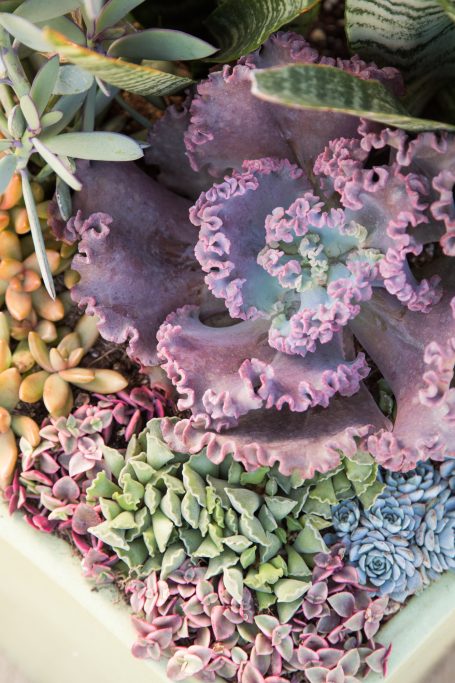
Experiment
If you take away just one thing from this article, it should be this: It's always okay to experiment! In fact, a lot of the information I share with you on my site is based on my own experiments.
I start by doing some background research, then I test those ideas through my own hands-on experience. There's always some sort of experiment going on with my plants and I'm constantly learning more.
I realize that succulents can be expensive (depending on where you live), but if you're willing to be brave and experiment you'll have much better success growing succulents.
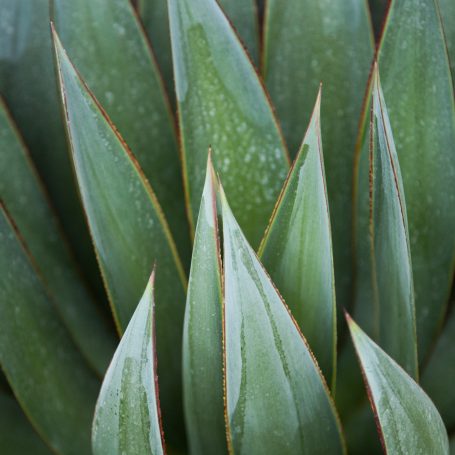
While all succulents have the same basic needs, every home and growing environment is a little different. Factors like natural light, pots and soil, and other environmental variables all play into the health of your succulent–so take the basic guidelines for growing succulents and adjust them to where you live.
What works for me here in Utah won't necessarily work for someone in India. Always be ready to tweak the rules a little to make them work for you.
I hope this post has given you some great ideas on how to adapt the basic care of succulents to your unique growing environment. I'm convinced that anyone can keep succulents alive no matter where they live.
But in order to do so, it's important to have the right plants, soil, and pottery–and be willing to conduct some experiments to figure out what works for your plants.
You'll learn all about those when you sign up for the free watering cheat sheet. Click here to get access.